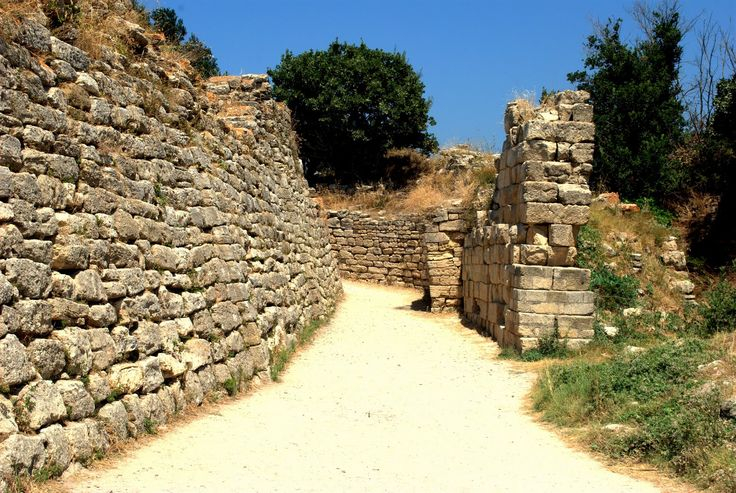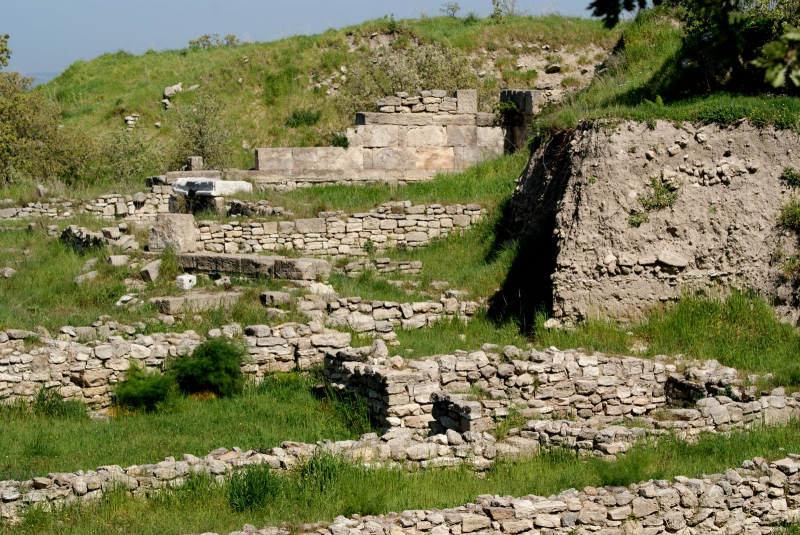Heinrich Schliemann finds Troy, but destroys it

Like many other professions, archaeology was once dominated by amateurs and was not always the rigorous field it is today. Unfortunately, when discovering and digging their locations, such amateurs tended to be less cautious than their contemporary counterparts. The discovery of Troy by Heinrich Schliemann is what brings us full circle.
In his impassioned quest to establish the veracity of myths like those found in Homer's Iliad and Odyssey, Schliemann was primarily preoccupied with finding the city of Troy. The city has already been classified as a mythological locale by the time Schliemann was alive. The good news is that Schliemann almost definitely did discover the legendary Troy; the bad news is that Troy's artefacts were gravely harmed as a result of his excavation techniques. He did discover the proper spot, a place called Hisarlik in the Anatolia region, according to the majority of archaeologists.
In his initial investigations, Schliemann discovered that the site was not just one set of ruins but rather an underground layer cake of earlier towns, one on top of the other. Which was Troy, though? Schliemann employed explosives to assist take out the more modern structures and artefacts because he reasoned that Troy must be buried deep within the mound.
Sadly, he was mistaken; investigations and analyses of the several levels of the excavation site revealed that Troy was really closer to the surface. The remnants and relics of the city had been severely damaged by Schliemann's efforts, which also destroyed a significant amount of priceless material. It's still a rich site, of course, but Schliemann would have learned a lot more about how closely the legends correspond to the actual location and what life was like back then if he had been a bit more patient.
- Year: N/A











